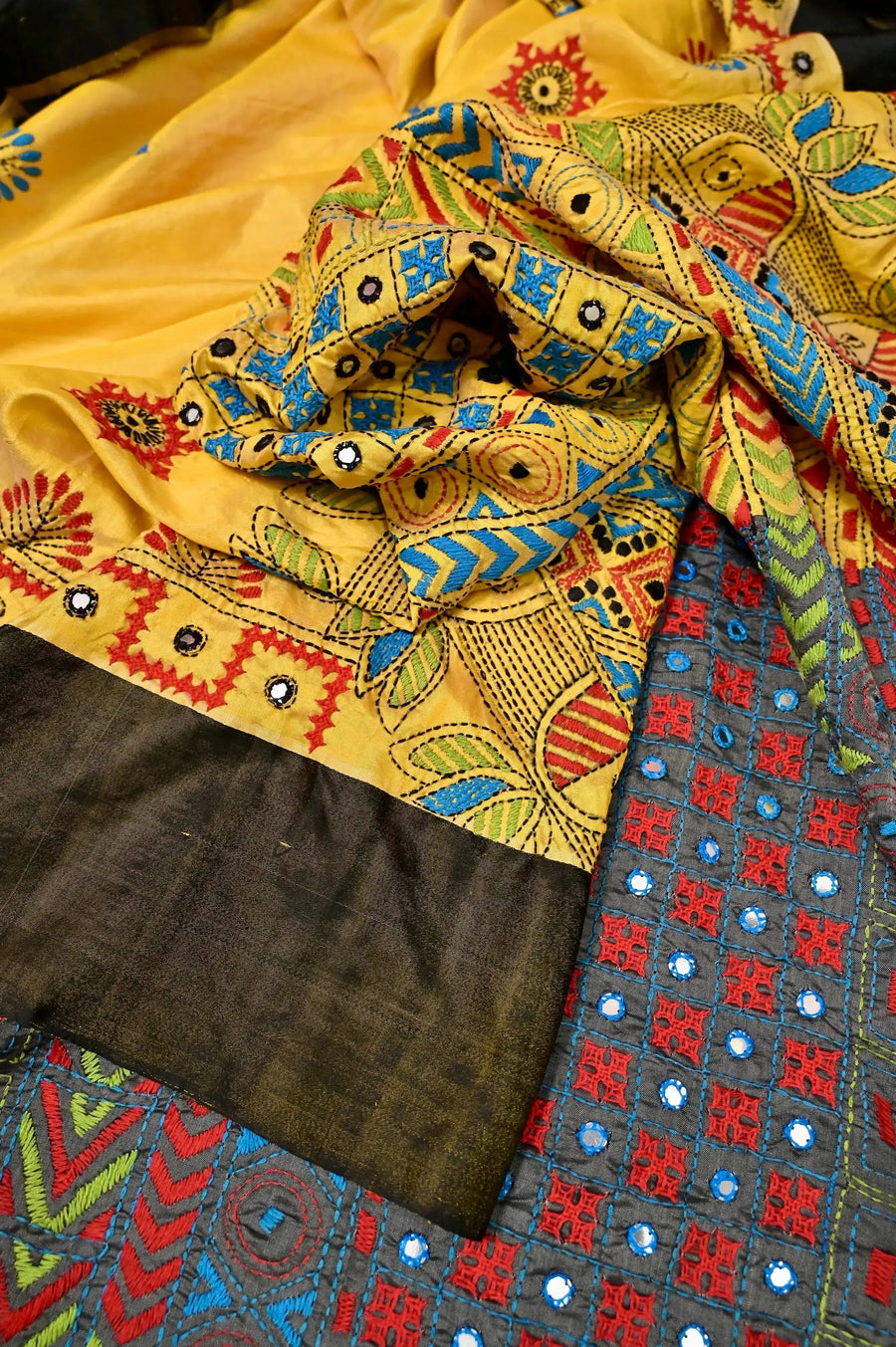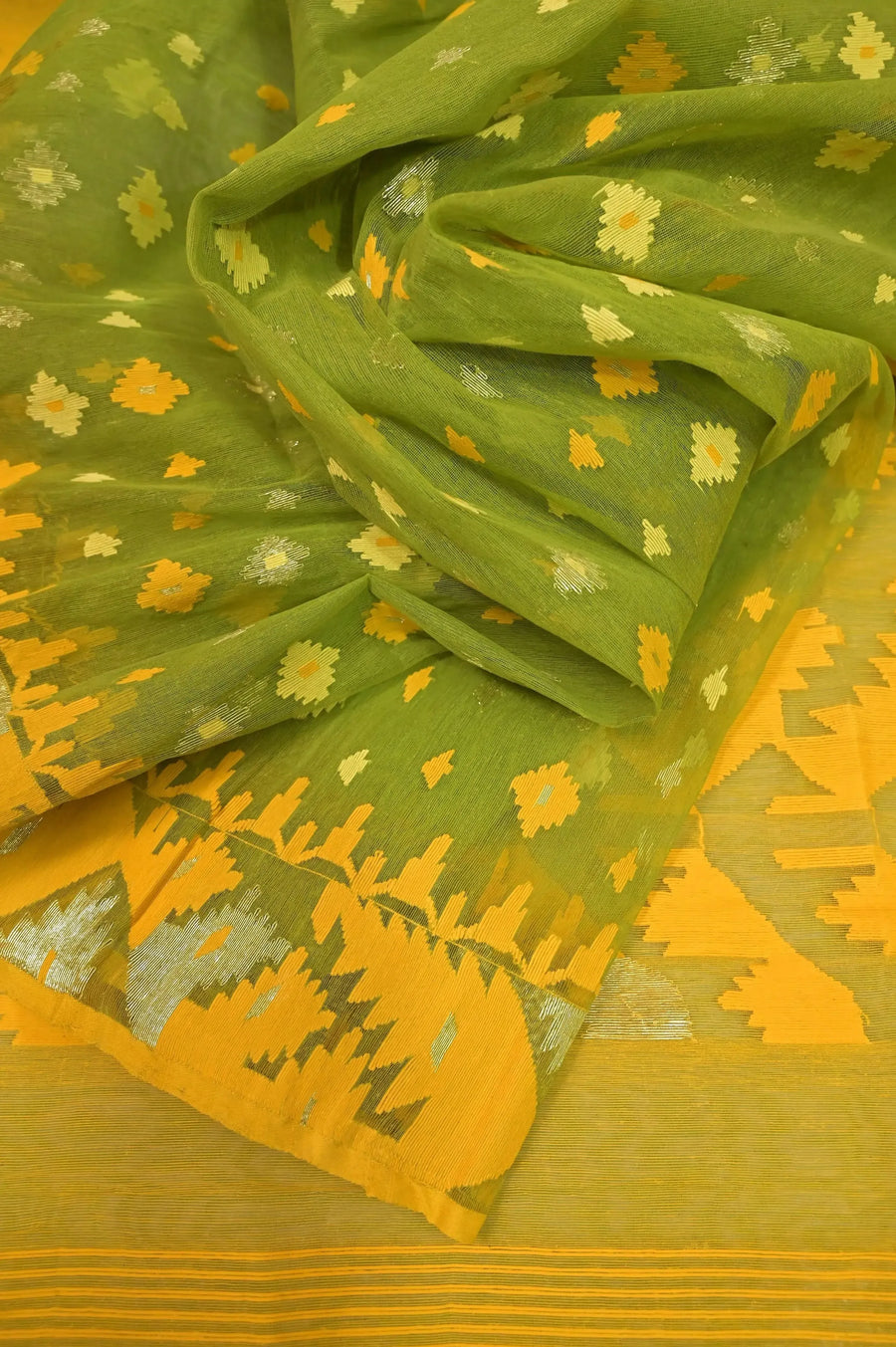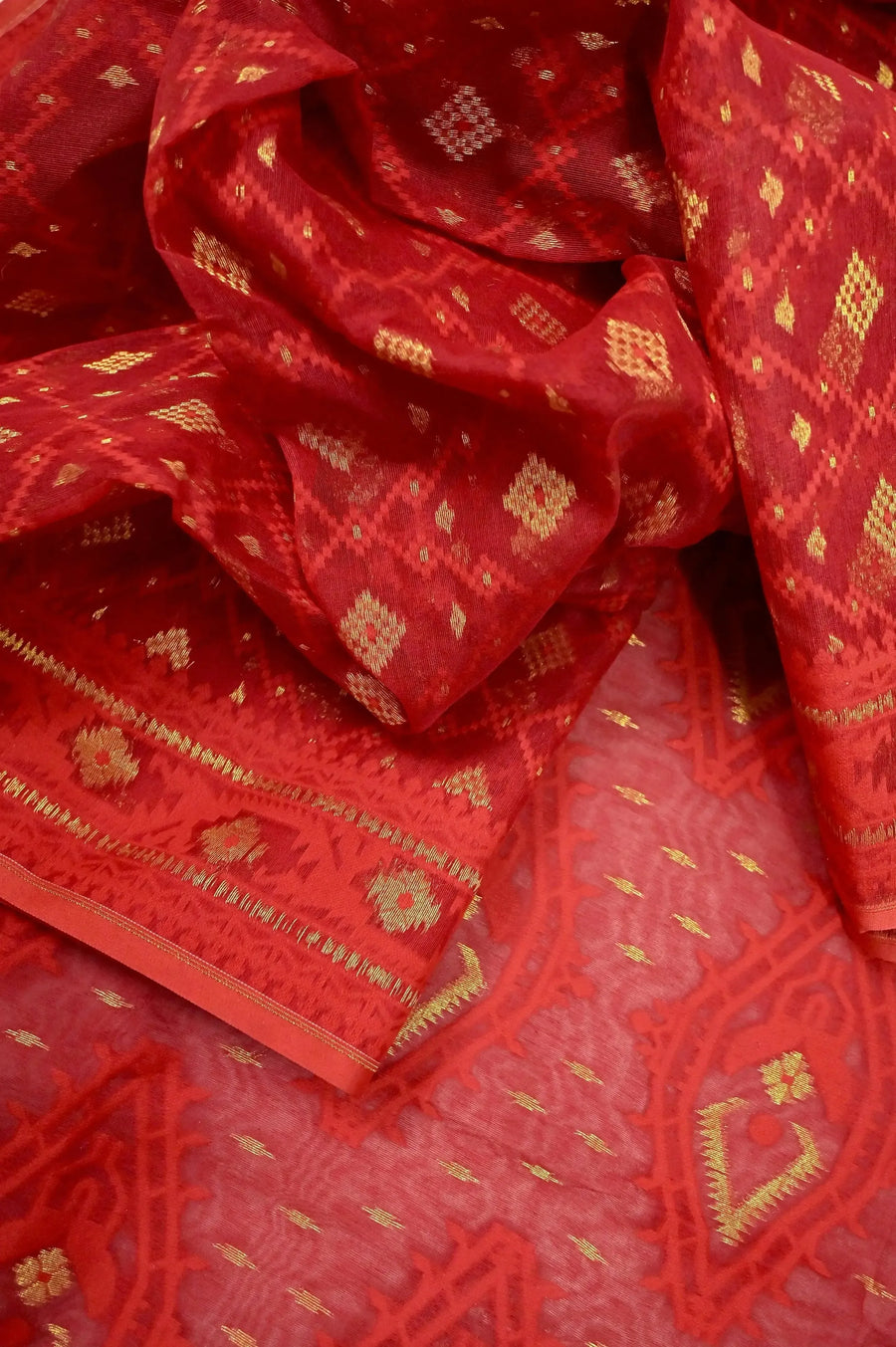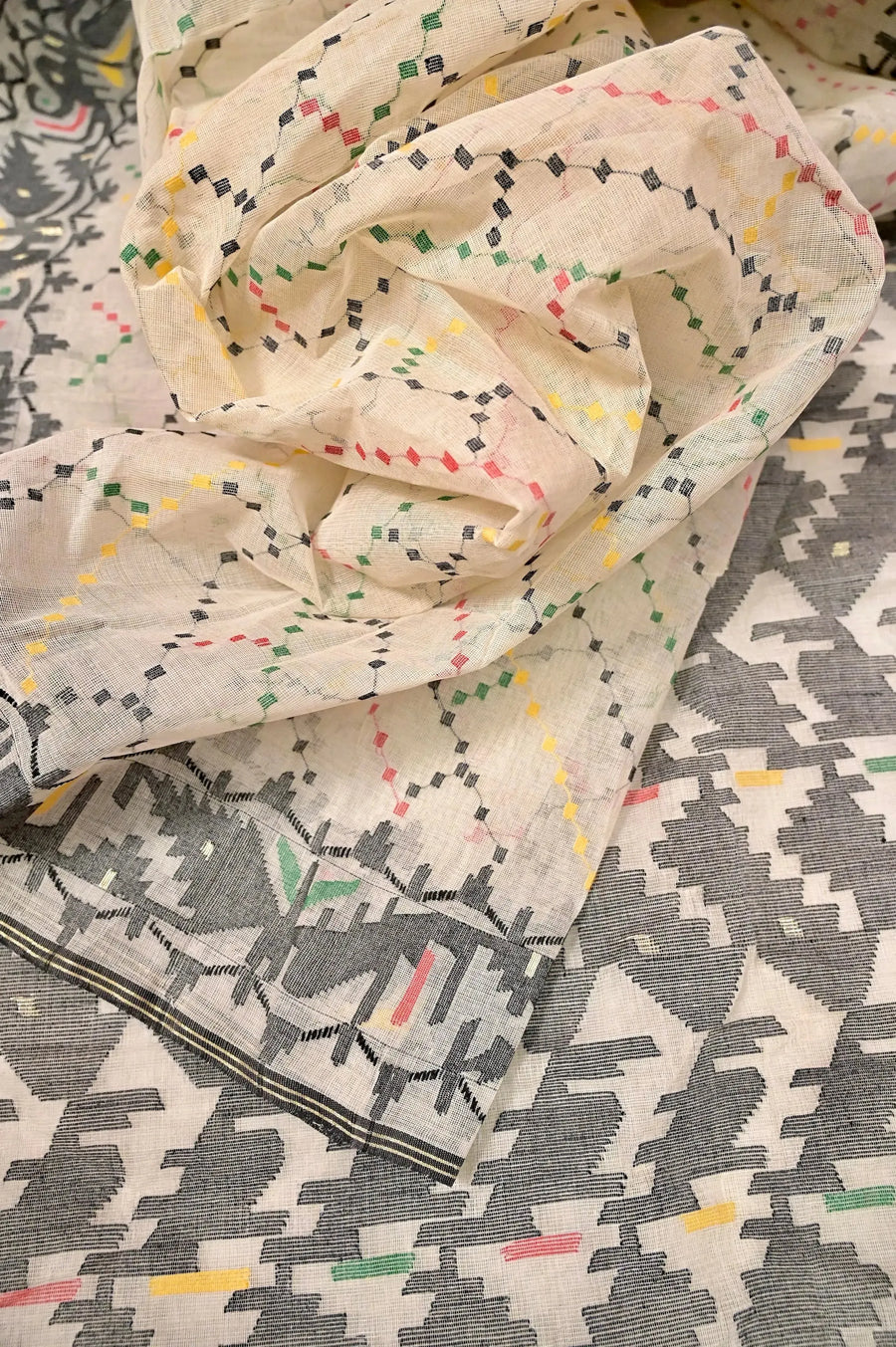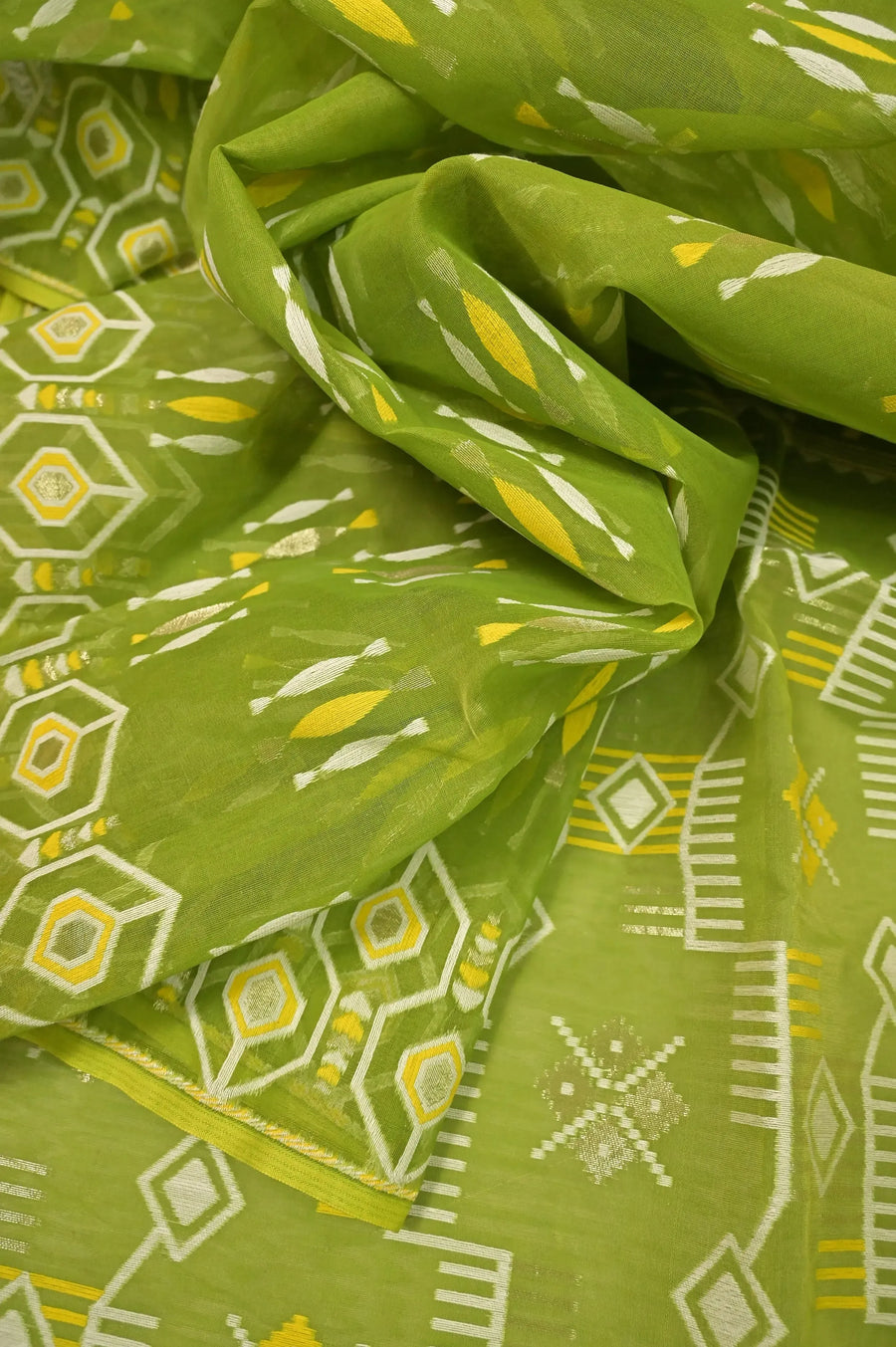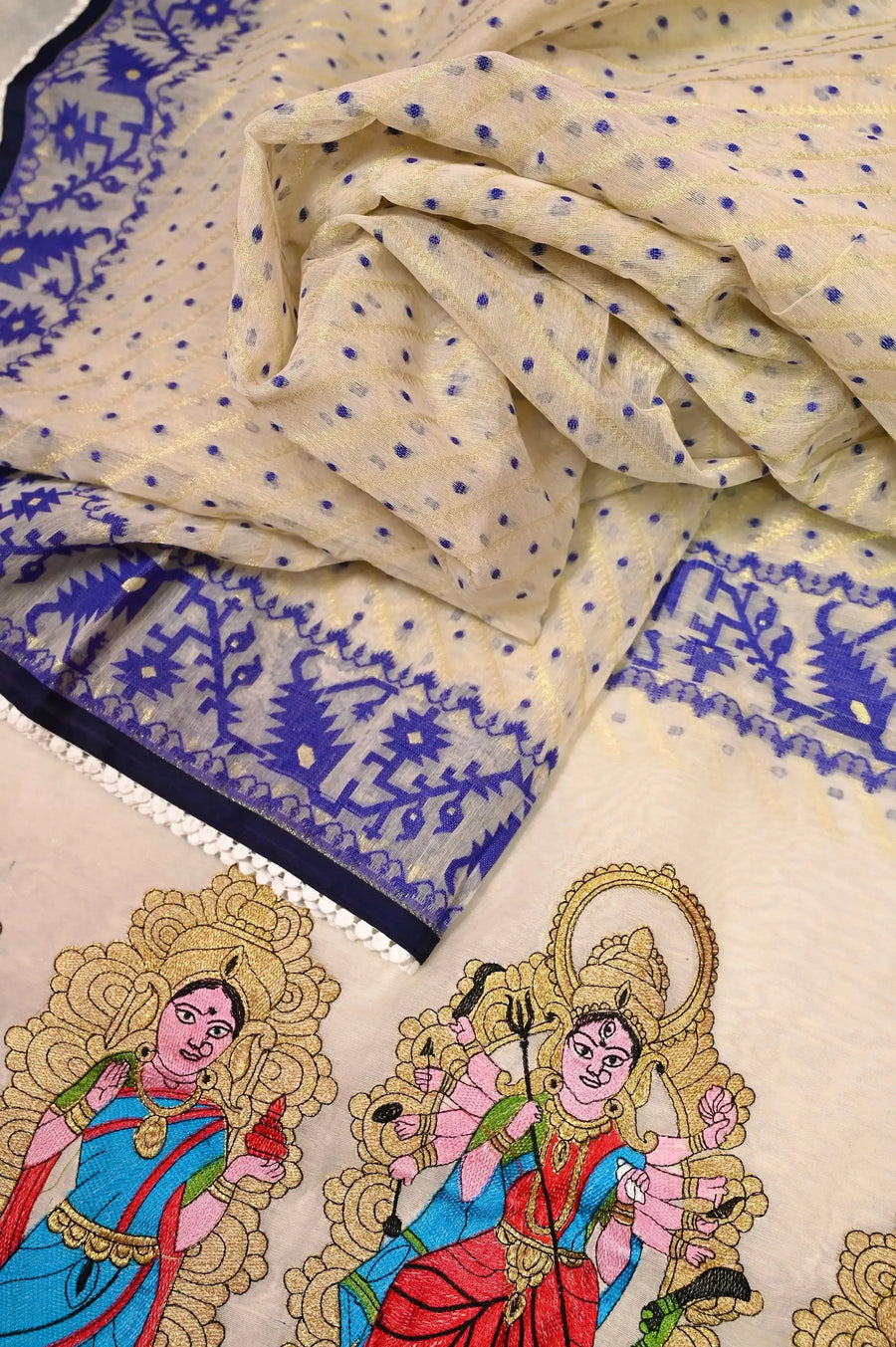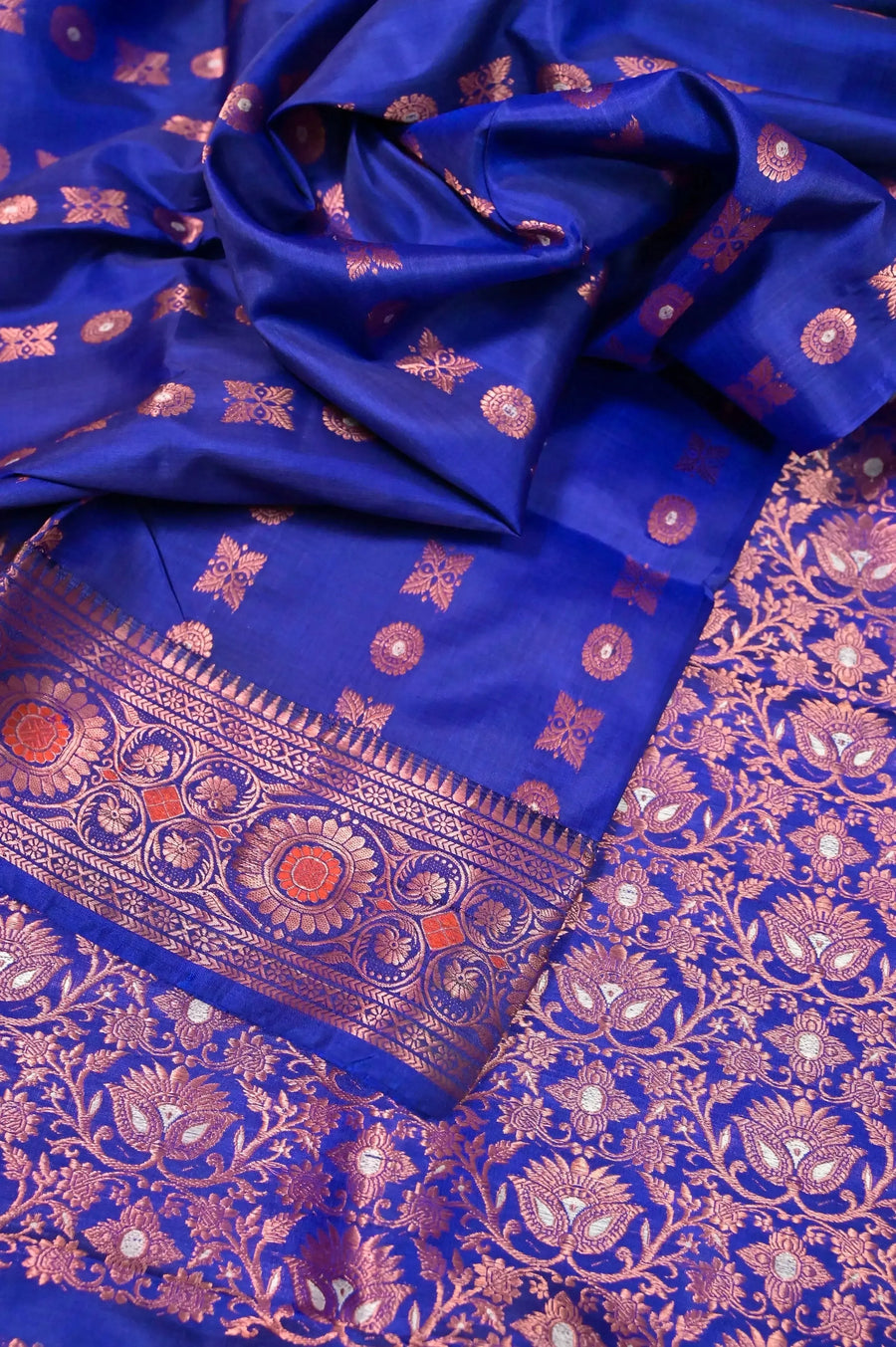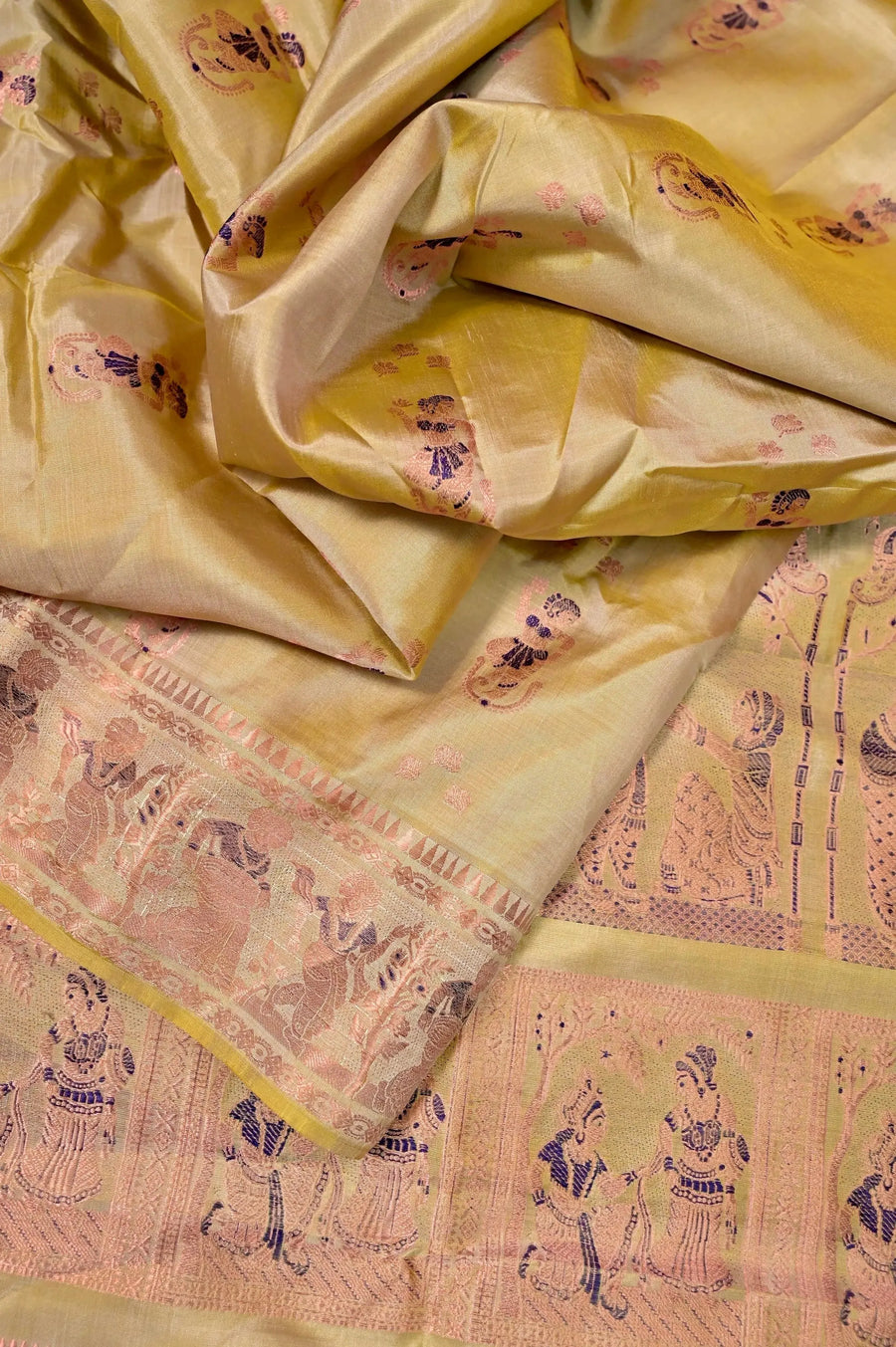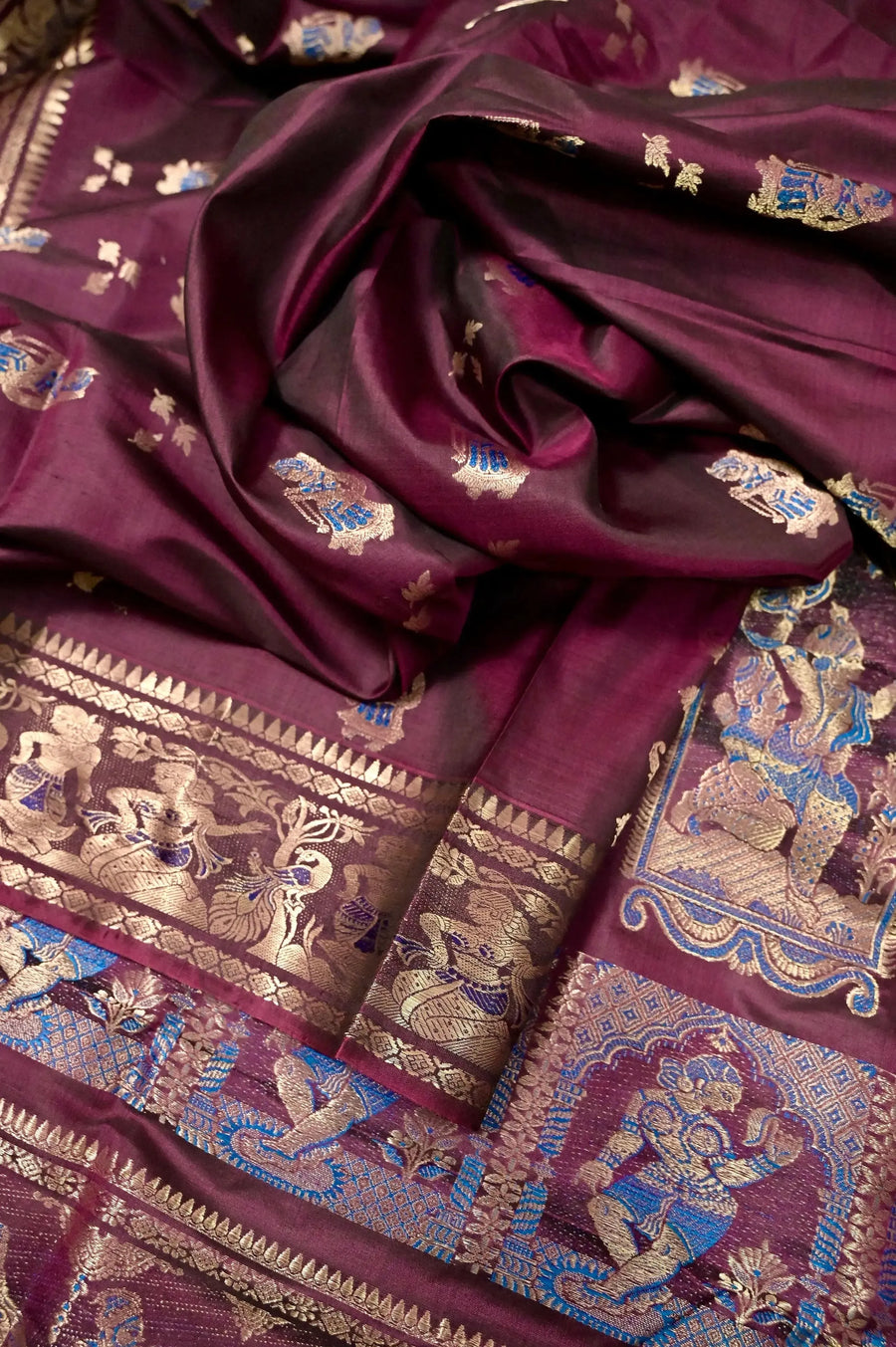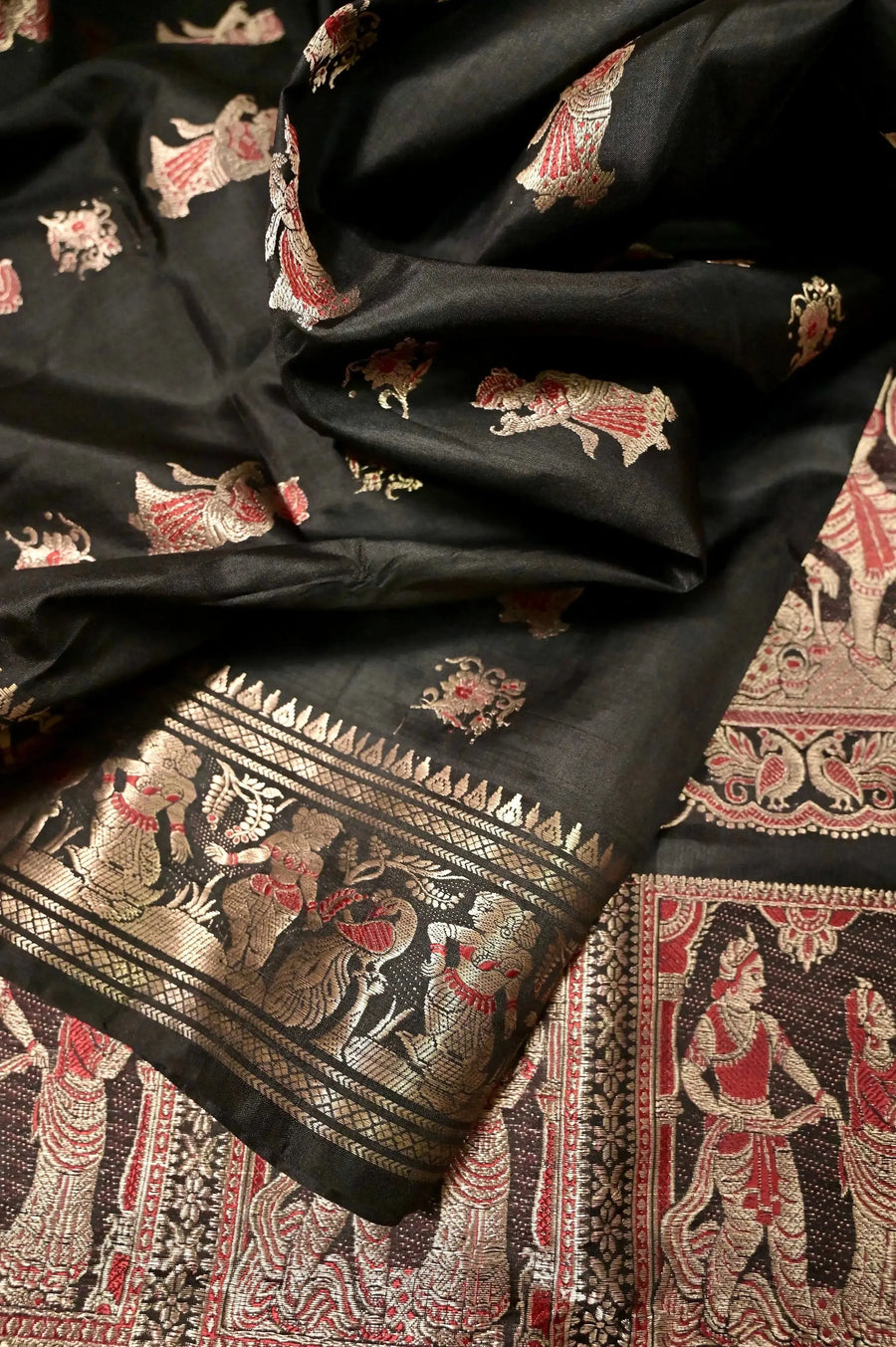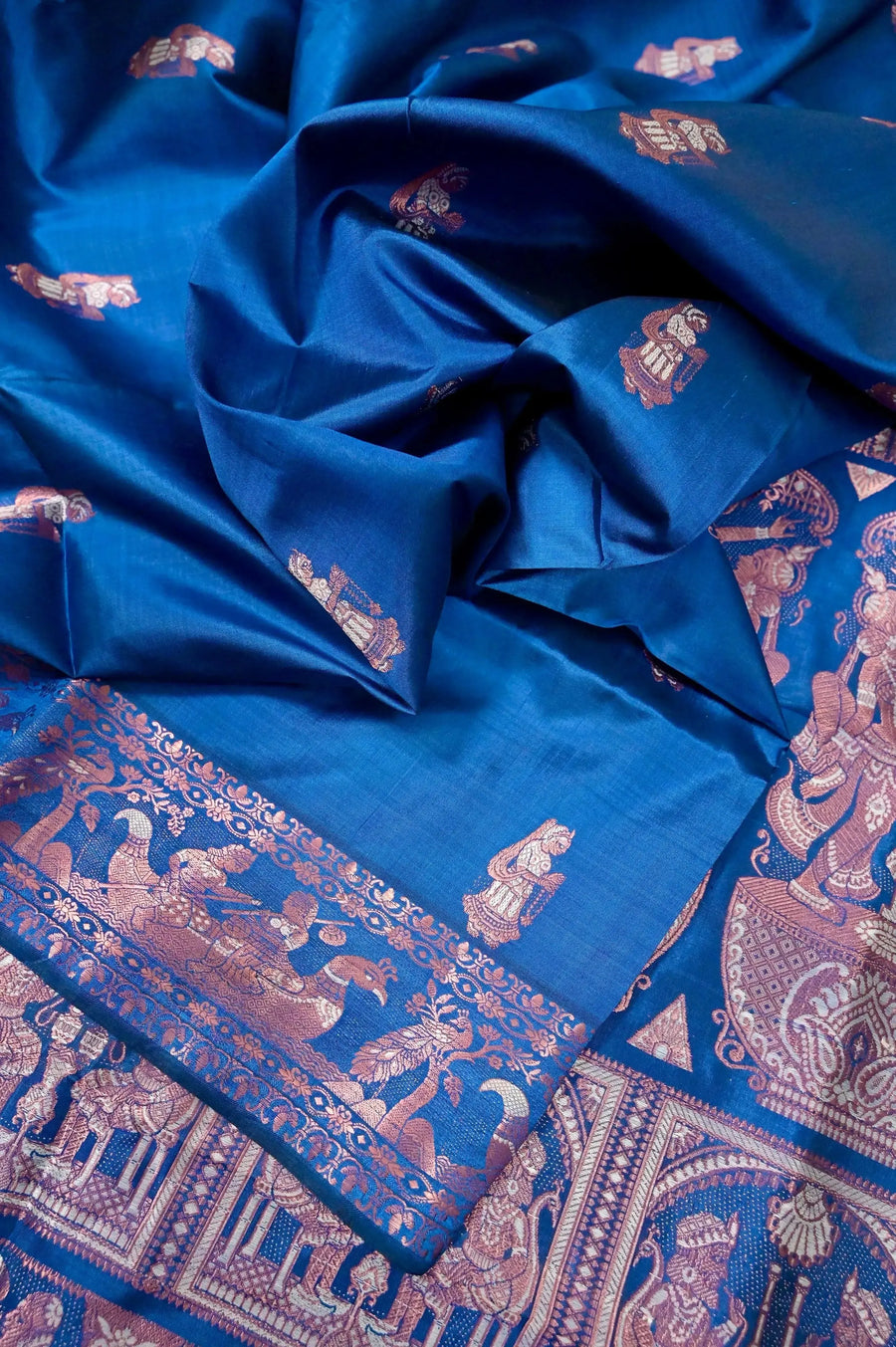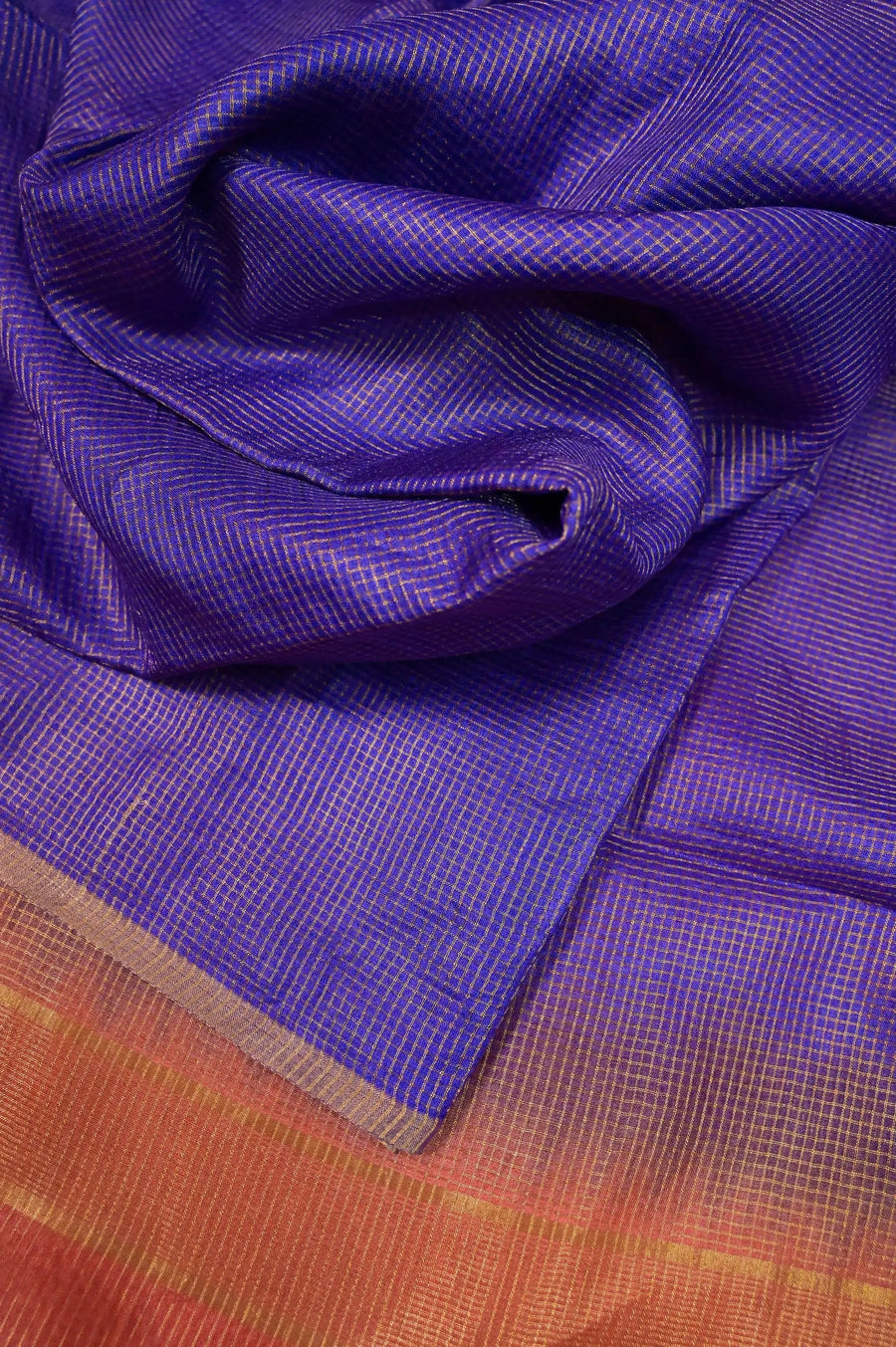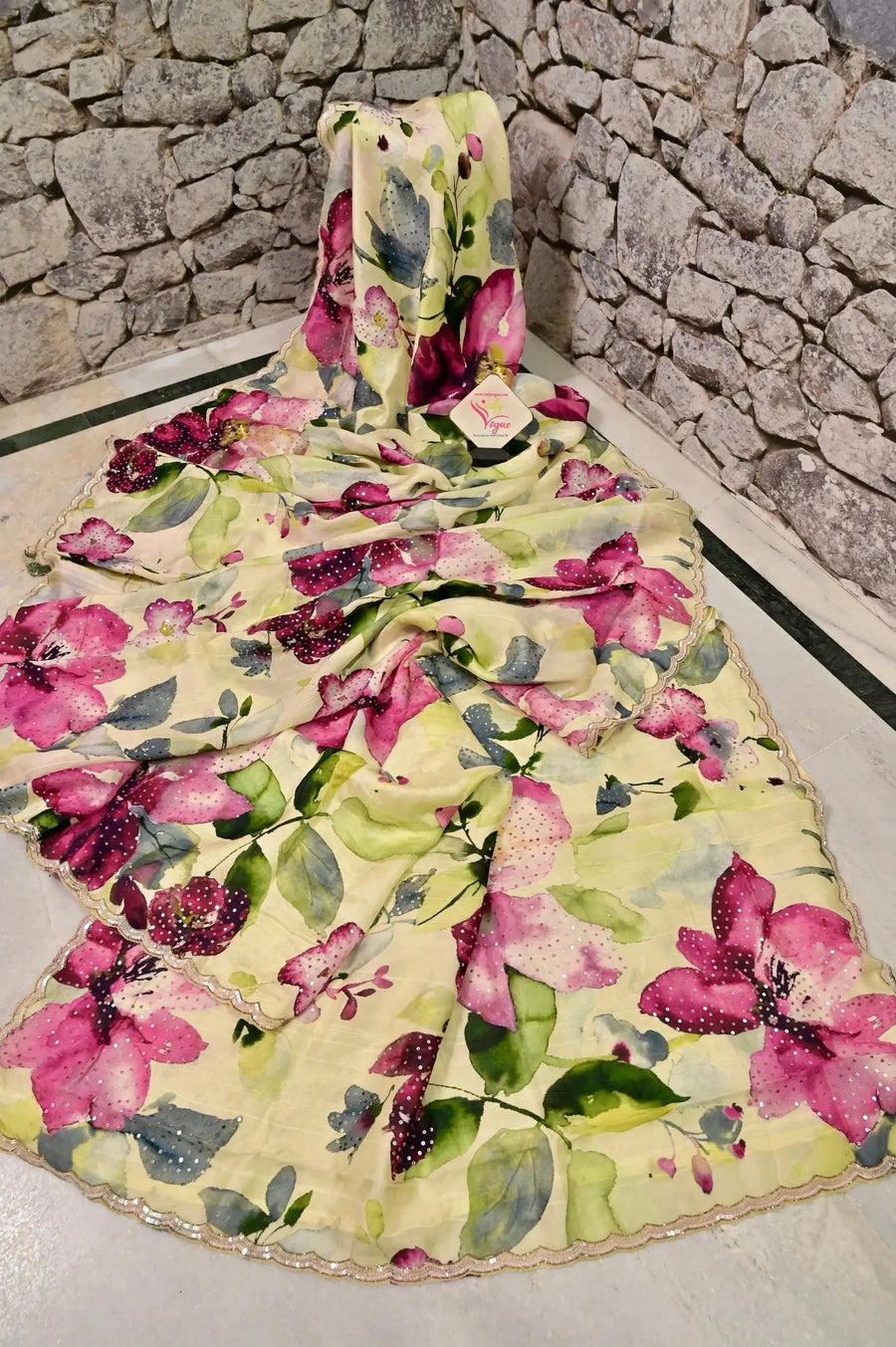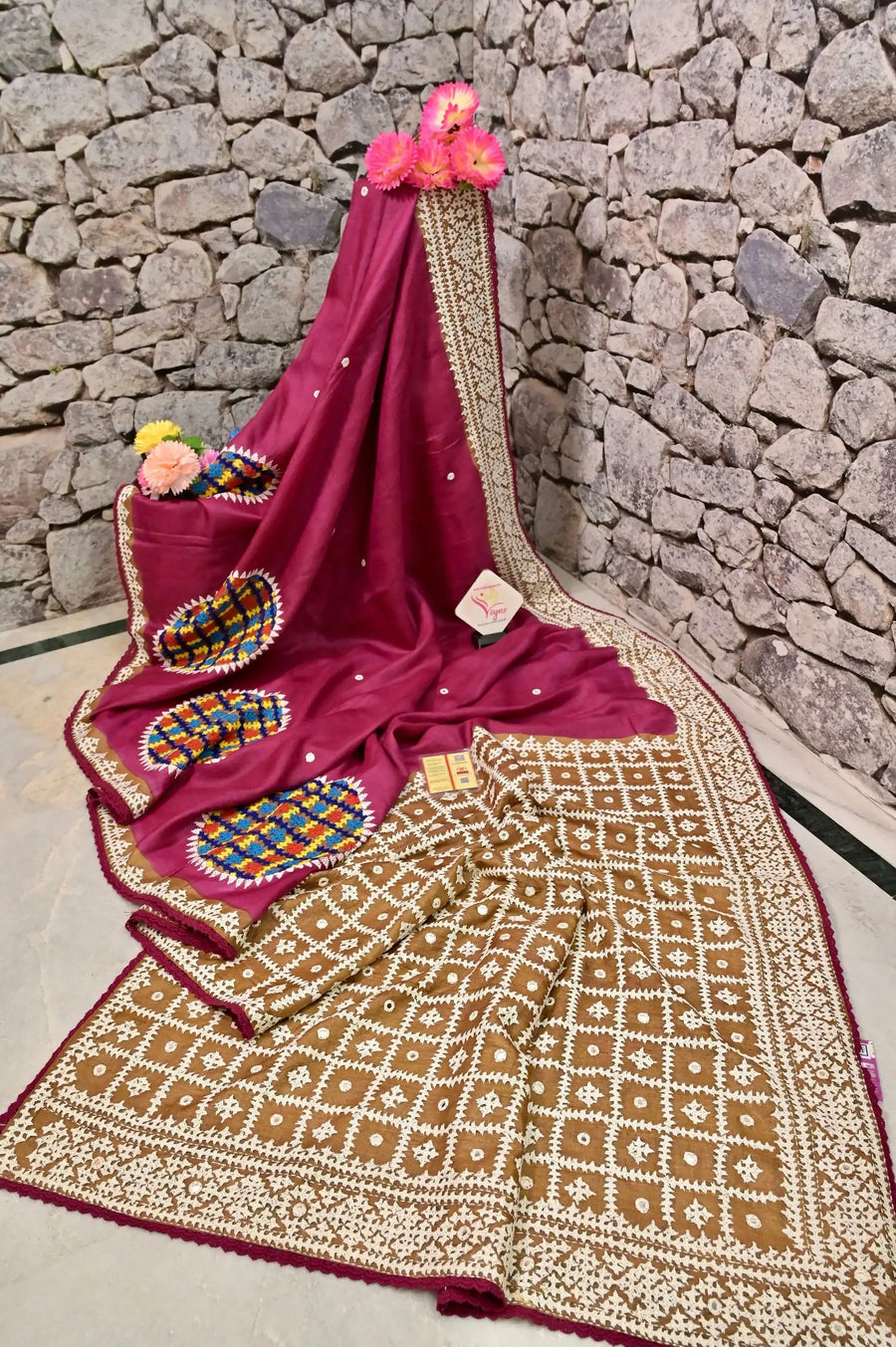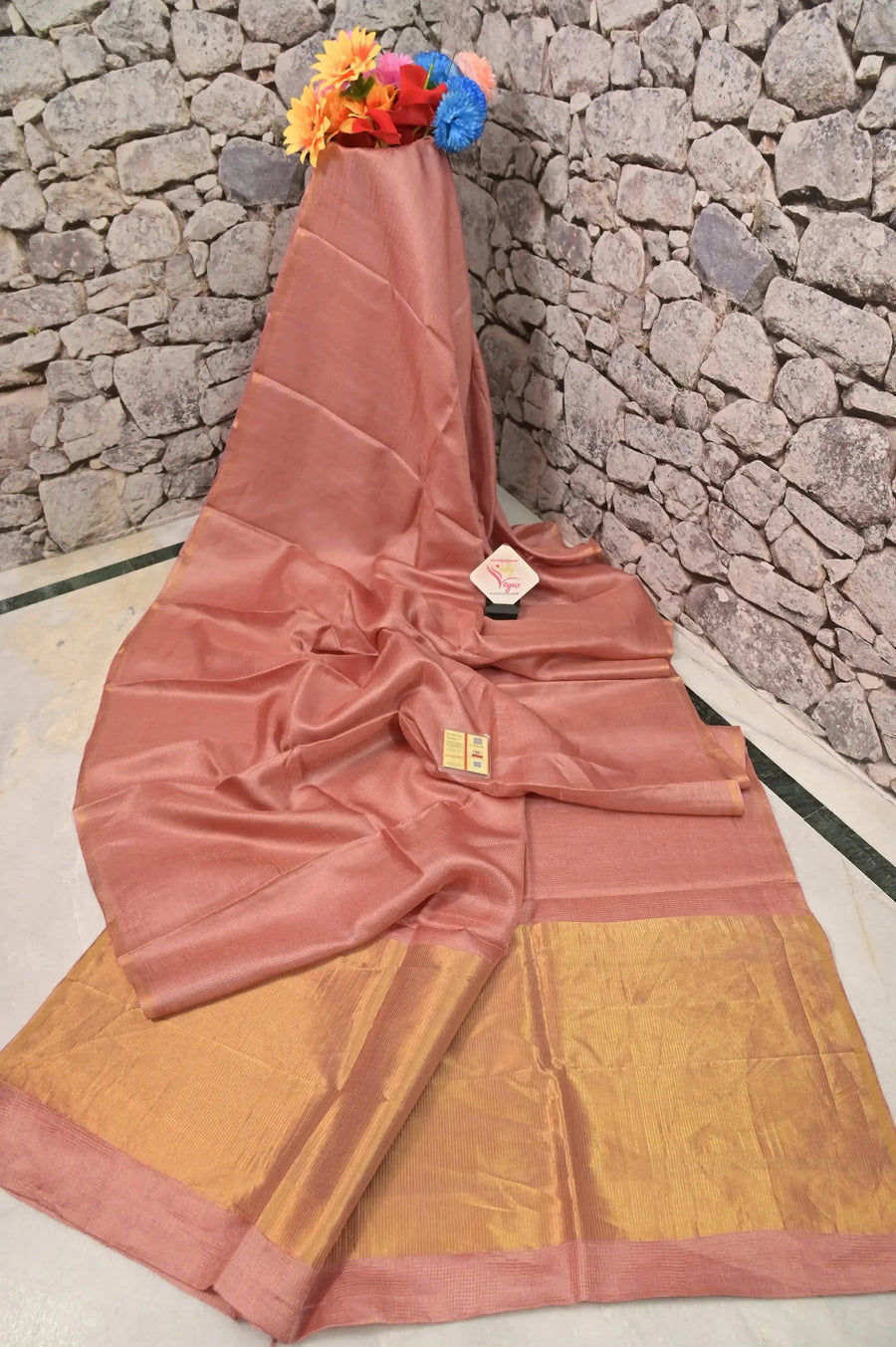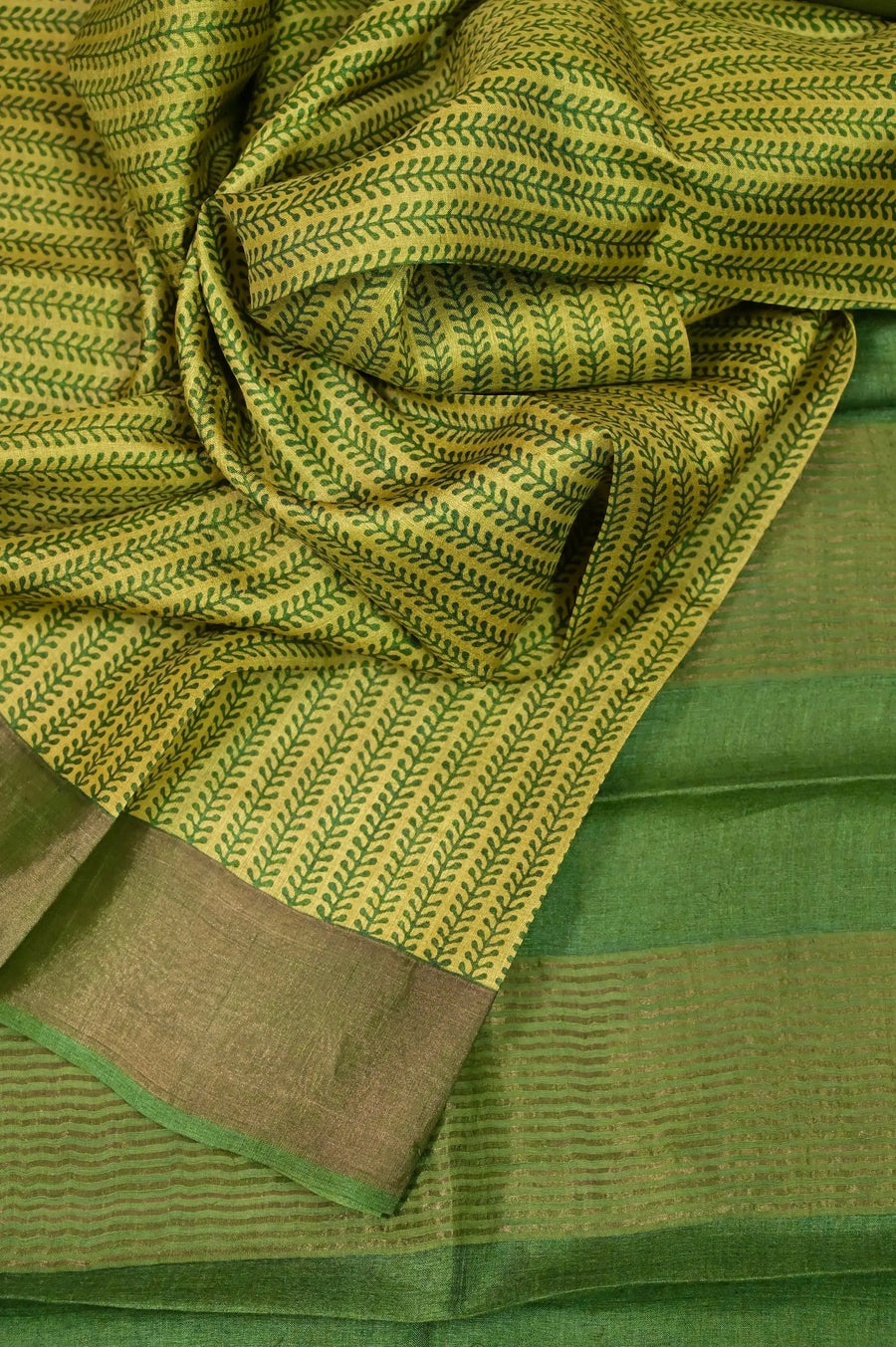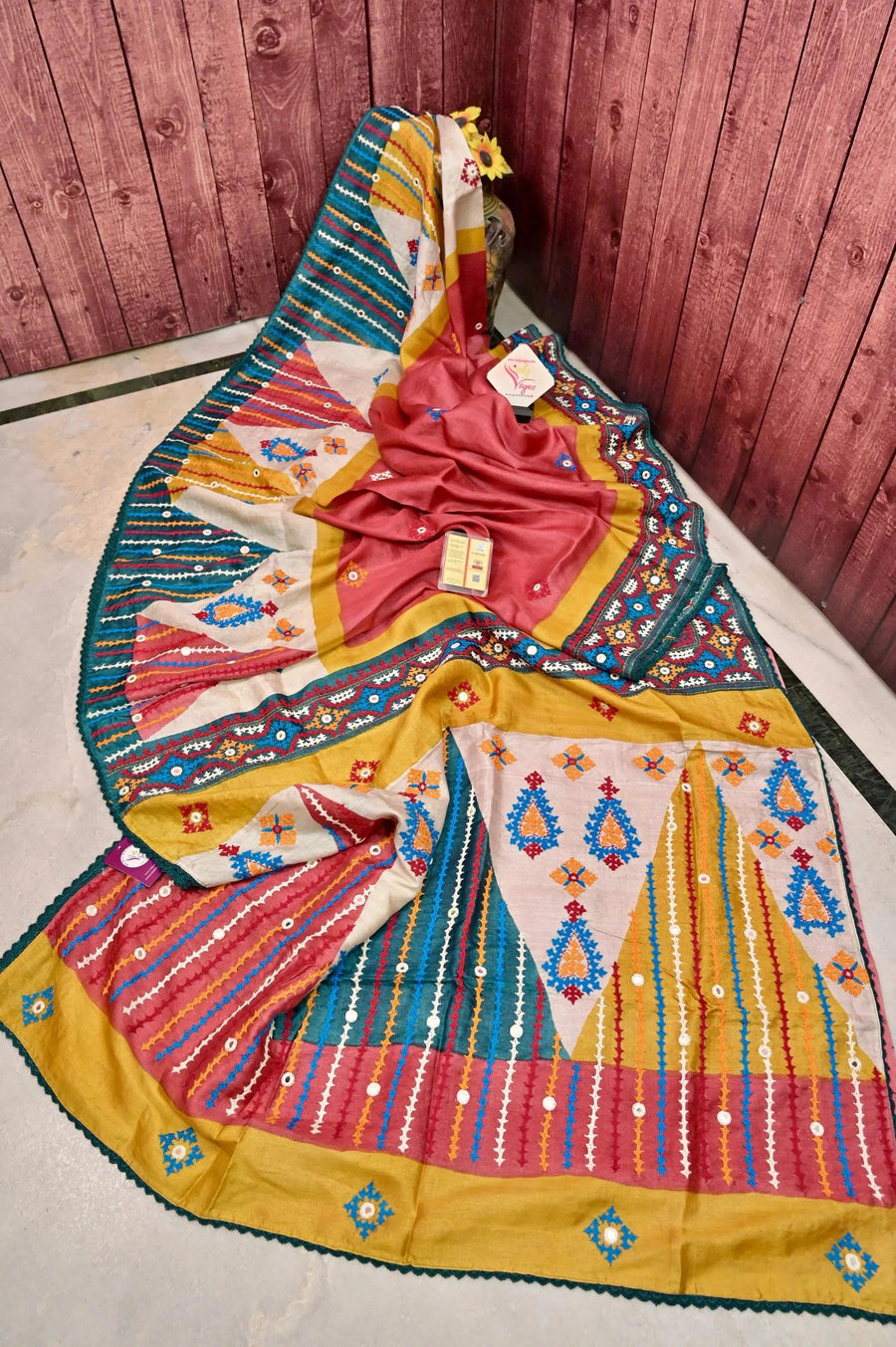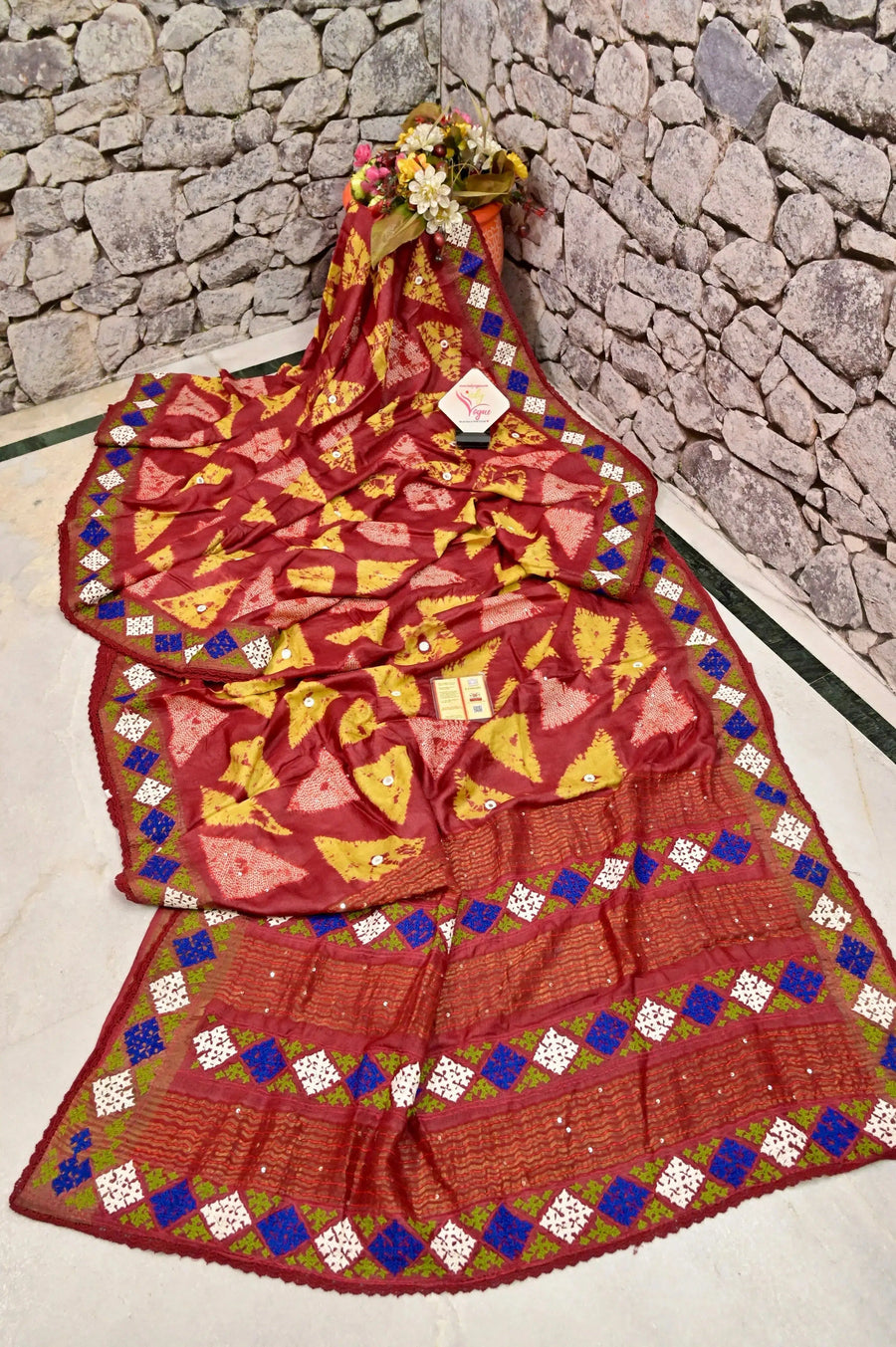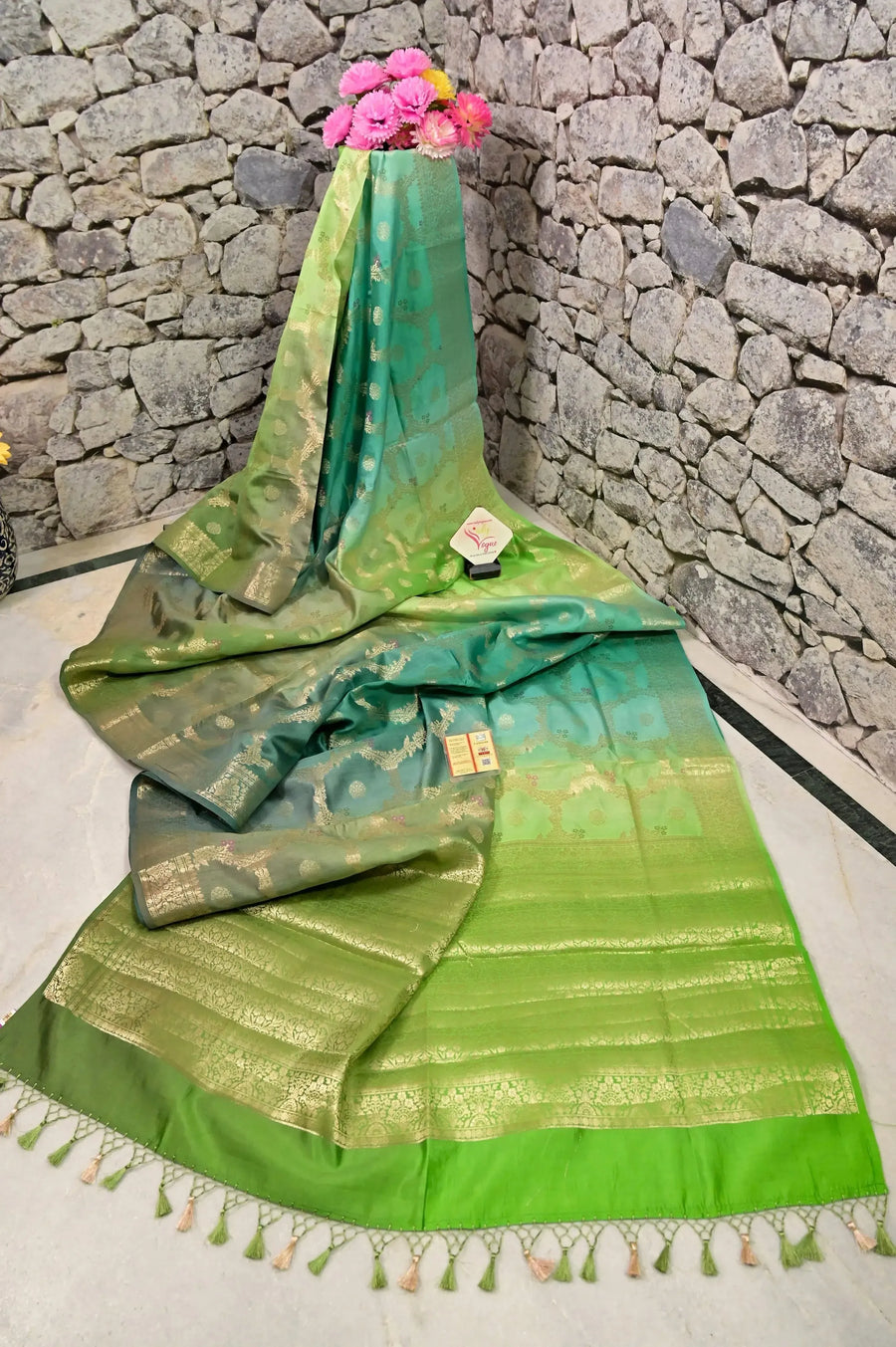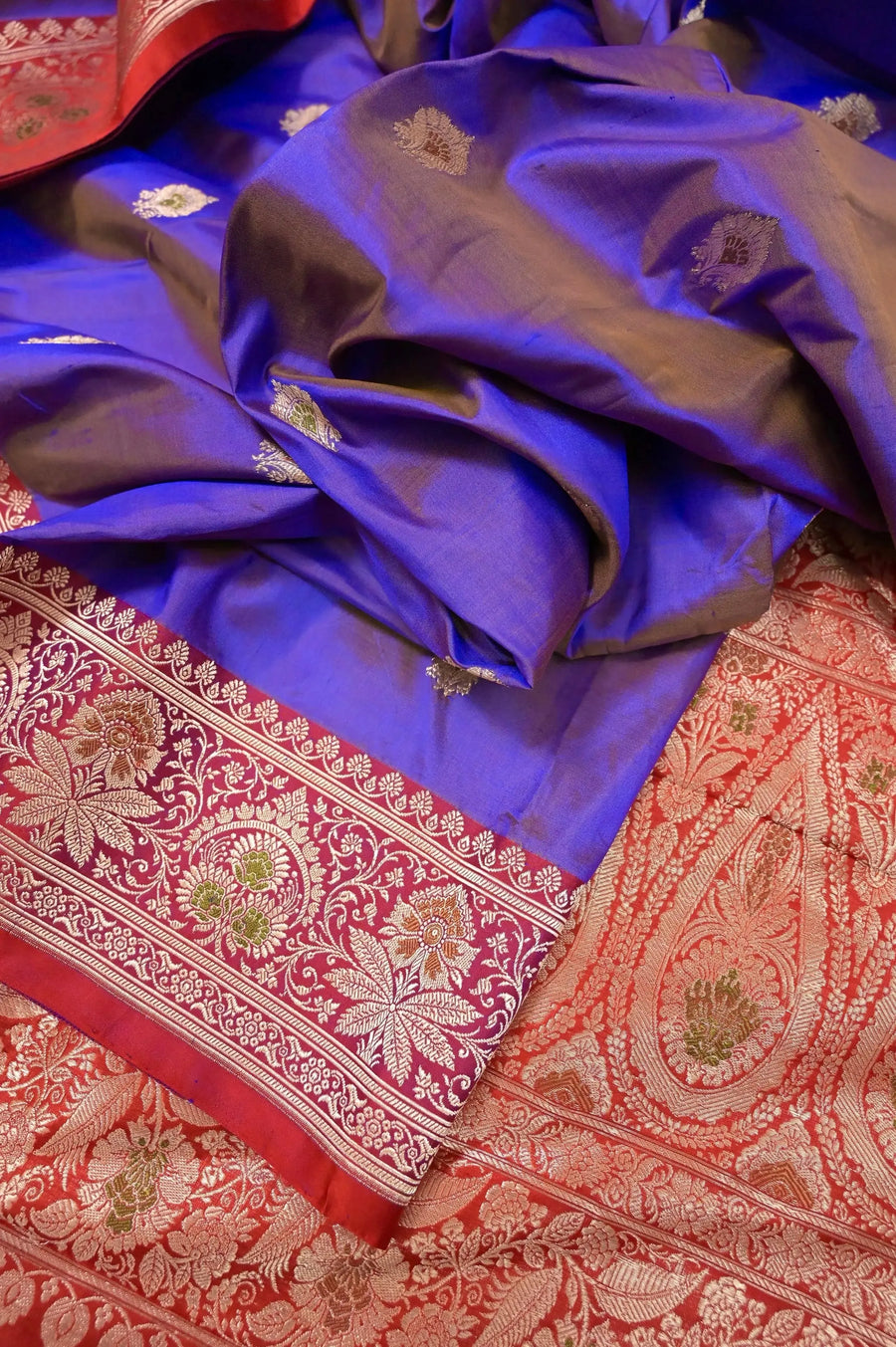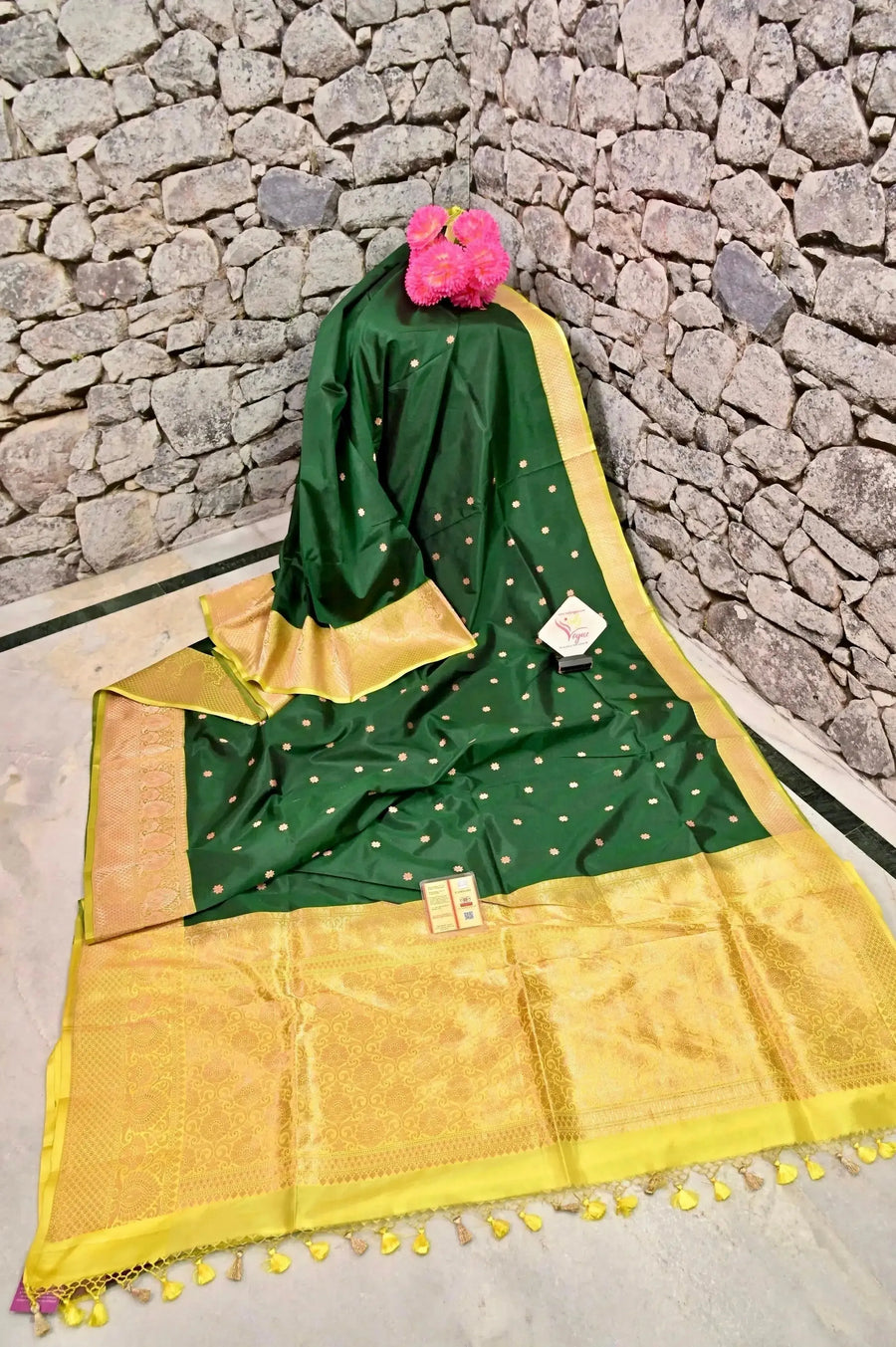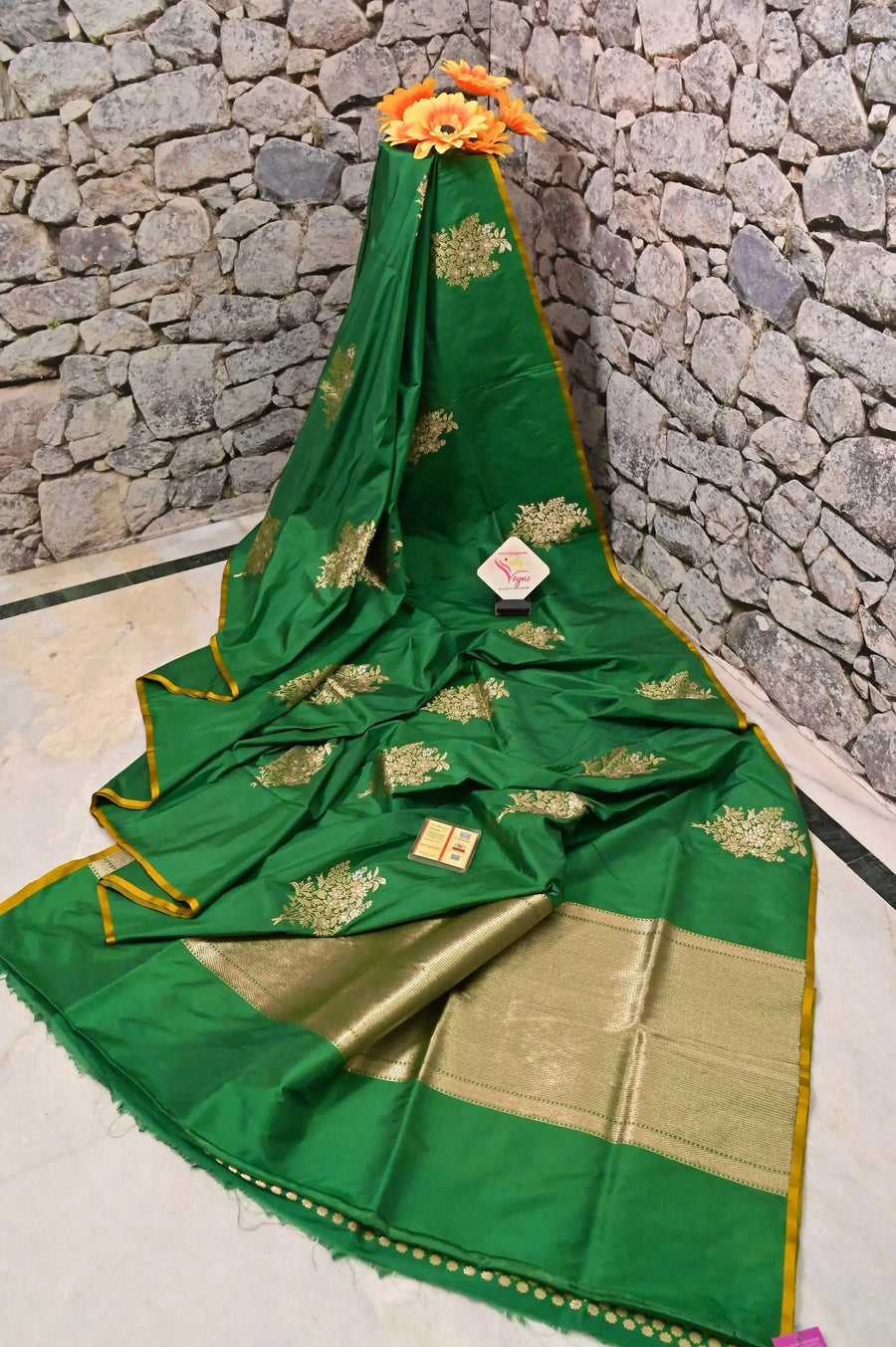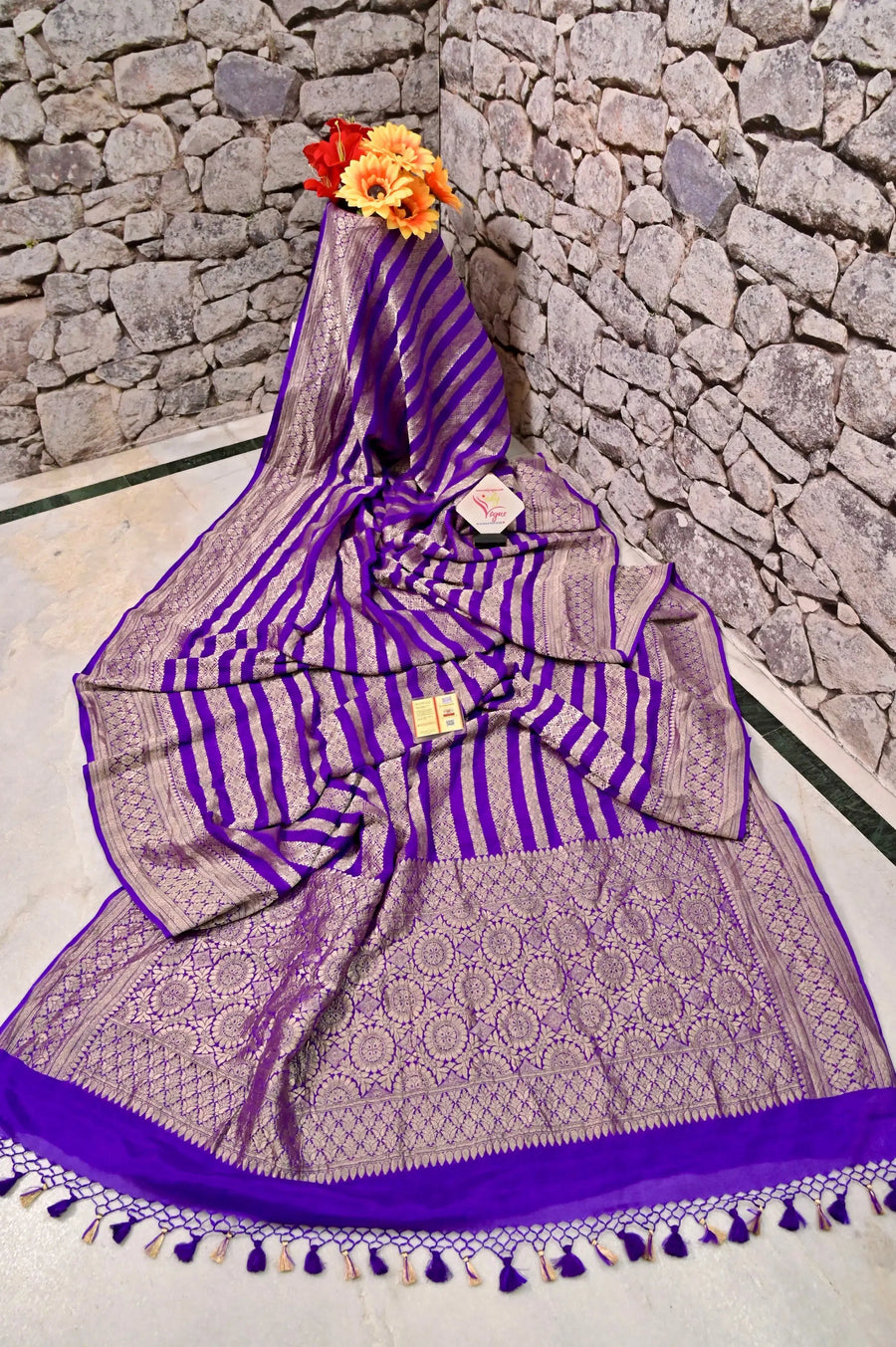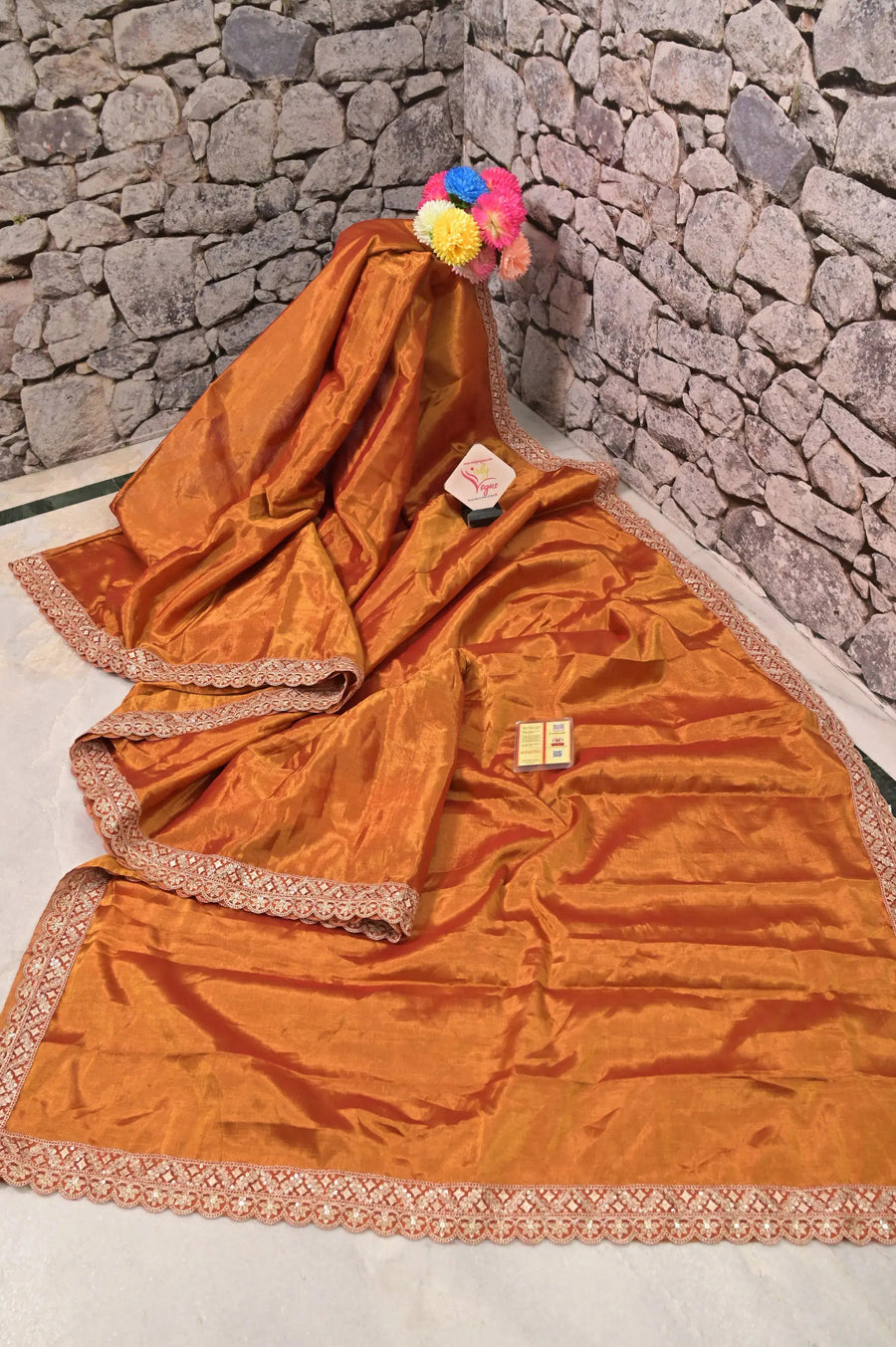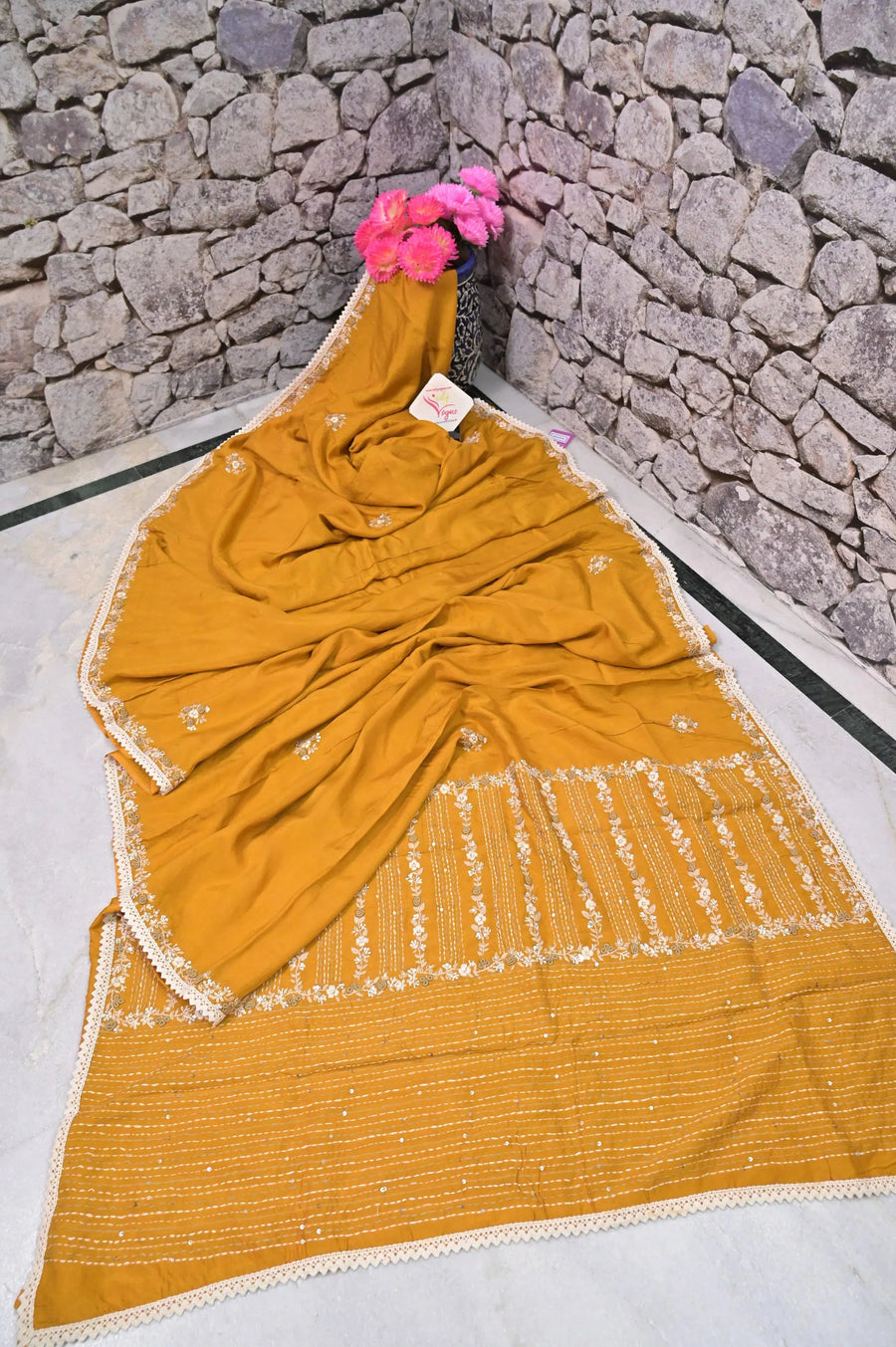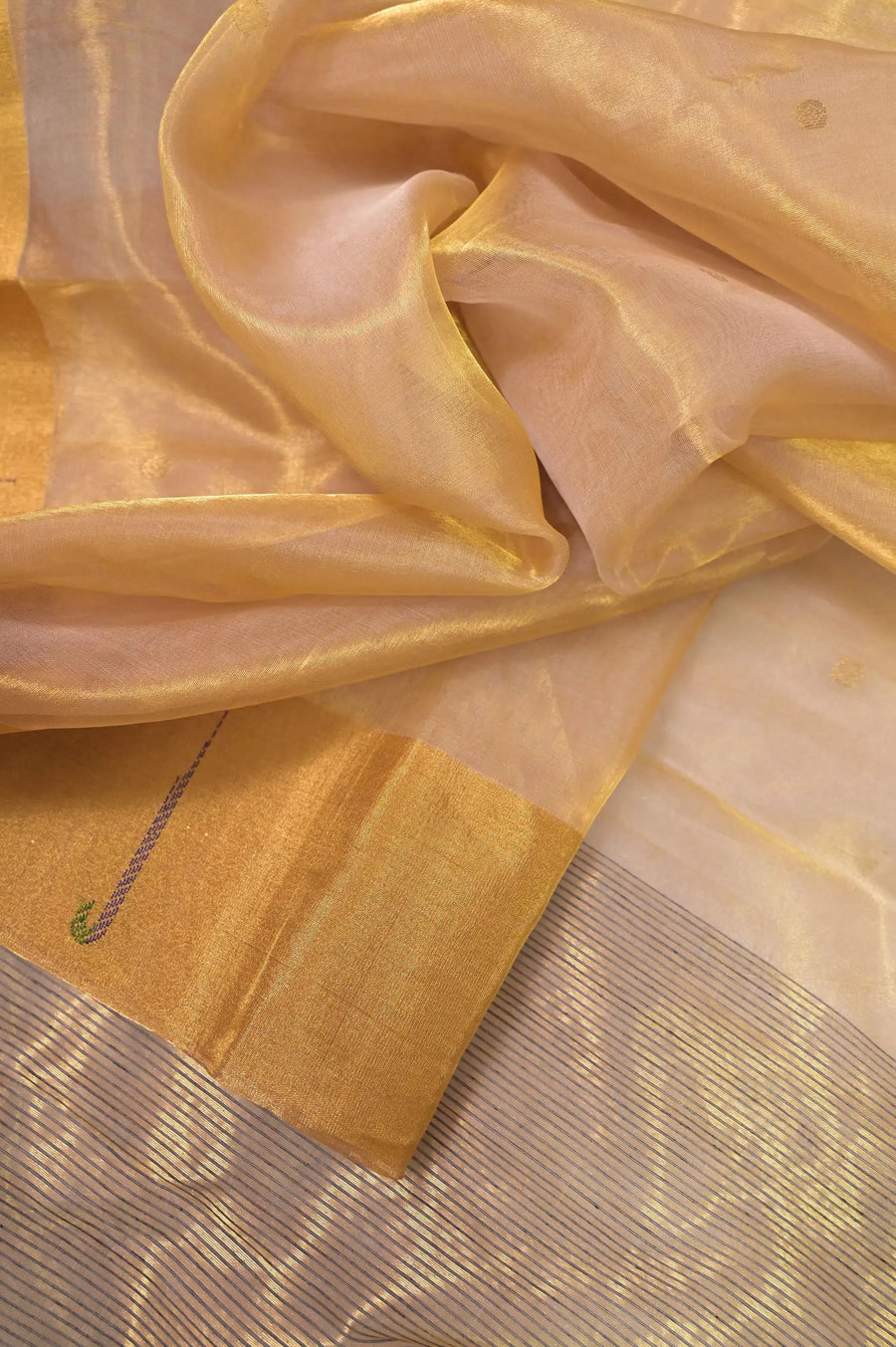6 Saree Styles to Dazzle This Durga Puja
Durga Puja is not just a festival—it’s an emotion. The sound of the dhak, the fragrance of shiuli flowers, the laughter of friends during pandal-hopping, and the joy of dressing up in your finest sarees—it all weaves together into memories we cherish year after year. And when it comes to Puja fashion, sarees hold the crown. This year, let’s explore six timeless saree styles—from traditional weaves to versatile silks—that can make you the showstopper every single day of Puja.
1. The Regal Red & White Garad for Ashtami
No Durga Puja is complete without the iconic Garad saree. Known for its pristine white body and striking red border, the Garad embodies purity and devotion. Traditionally worn during Ashtami Anjali or Sindoor Khela, it’s the ultimate saree to honor the goddess herself.
- How to style: Pair it with shakha-pola bangles, a big red bindi, and gold temple jewelry. Add fresh flowers to your bun for that quintessential Bengali look.

